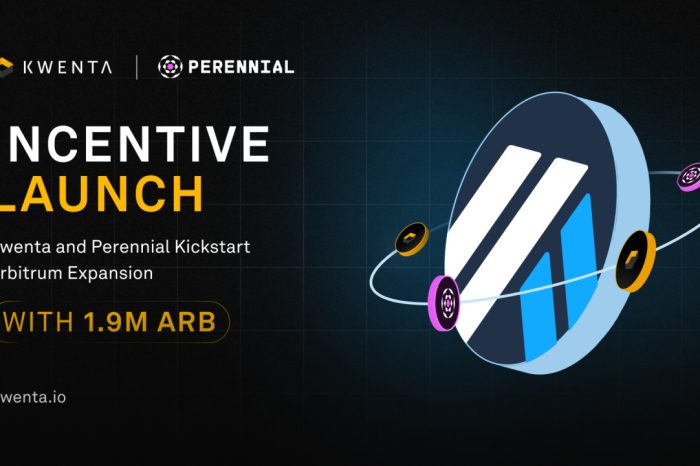Spam is considered unsolicited or “uninvited” email sent out in large quantities. spam is not only annoying, it is also dangerous.
Spam is a common way people get lured into online phishing fraud. Phishing fraud happens when a scammer sends a spam email that pretends to be from your bank, credit card company, eBay, PayPal, etc. The link takes you to a fake website that looks just like the real website. When you click on the link to the fake website and try to log in to your real account, the scammers have software set up to automatically collect your log in name and password. As soon as you do, they use your information to log in to your real account and do their damage.
Spam is also a common way to get people to a “poisoned” web site, referred to as a Drive-By-Download website. A Drive-By-Download website automatically starts installing its malicious software like viruses, Trojans, and worms as soon as you visit the website. You don’t have to click anything on the site for the download to automatically start.
Spam seems to randomly show up in your email inbox. Its email you probably didn’t directly ask for and don’t want. But are you doing things that get your name on email lists? Surprisingly, most people are.
You may be surprised to find there are a lot of common things that people do that get their names added to email spam lists. Since spam lists are sold and traded frequently, once you are one one spam list, you will soon be on many others. And once your name is on one of these lists, you really cant get it removed.
Below are 7 common ways to get your name on an email Spam list.
1. Opening up and reading a spam email
By simply opening an email to read it, you tell the spammer you read the email. There is email monitoring software that can tell an emailer if an email was opened or not. By opening the email, you have told the spammer your email address is active, this is an email account you actually check, and you are somewhat interested in this topic. This will get you added to their spam lists.
2. Clicking on any text link in an email you didn’t specifically ask for
By clicking on a text link (a link with words) in an email you didn’t ask for, you confirm you were even more interested in that topic to click on the link to get more details and information. The spammers keep track of this kind of information too, and add you to their spam lists.
3. Clicking on pictures in an email you didn’t specifically ask for
Pictures and computer images can be set up to automatically go to a website by clicking on the picture or image. This is just like clicking on a text link with words in it. Once you click on the picture or image, the spammers know this, collect your email address and add you to their spam list.
4. Signing up for those “amazing free offers” that are too good to be true
Signing up for email or website offers for things like free luxury vacations, free High Definition TV’s, free gift cards, computers, sweepstakes, money making offers, etc can quickly get your email inbox filled up. Not only can you get a lot of spam from these “free” offers, you can also start getting a lot of spam email from other spam lists when the owner of this list sells your name to other spammers.
5. Online discussion groups, newsgroups, chat rooms, and forums
When you sign up for online groups like forums, chat rooms, newsgroups and discussion groups, your email address is usually visible somewhere. Either as part of your profile, or when you post. Often the full member list is available to anyone who is a member. So if a spammer signs up for one of these groups they can get your email address and add it to their spam list. If you use online groups, sign up for a free email account (Gmail, Yahoo mail, Hot mail, etc) that you only use for these groups.
6. Personal and Business websites
Just about all websites have a “Contact Us” area. This contact area usually has one or more email addresses for website visitors or customers to use for contacting the website owner. These email addresses are easily harvested by software that scans the internet for emails. Most websites have email addresses like “admin” @website.. or “webmaster” or “sales” or “admin”, “support”, etc. Spammers have software that adds these kinds of names to the “www” domain name, and often these are valid guesses.
7. Clicking on the “Remove Me” link on a spam email
Don’t click on the link to get removed from a spam email. Most of the spammers don’t follow the laws that require them to remove you when you request it. The problem is that by clicking on the “remove me” link you verify to the spammer that your email address is real, and it is an email account you check. Emails verified by the email user by clicking on anything in the email, and especially the “remove me” link are worth more money when sold to other spammers. So, clicking on the “remove me” link for even one spam email will likely get you on several spam lists.
As always, you have to be smart when using the internet, and this includes email. We are talking about “computer smart”, but smart thinking in how you use and view web sites and emails. By knowing the common ways spammers get your email addresses, you can take the necessary steps to avoid getting your email address added to these lists.










